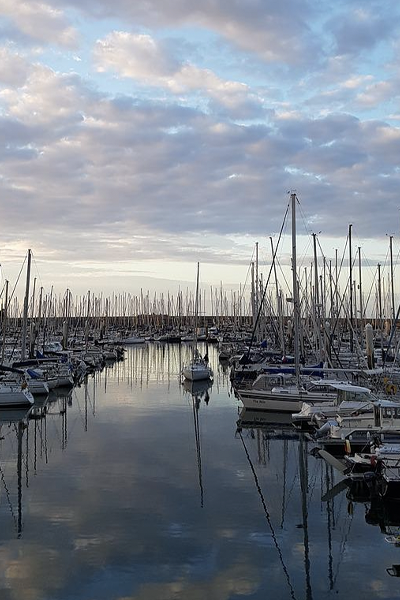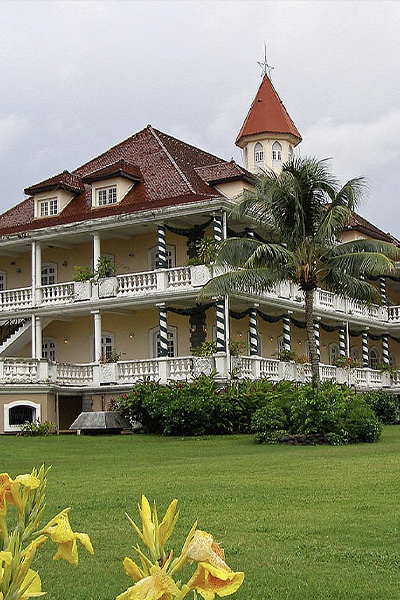
A climate more oceanic than continental
The Île-de-France (IDF) region enjoys a temperate climate moderated by oceanic influences, with an average annual temperature of 11°C. Paradoxically, it is one of the driest regions in France, with an average annual rainfall of 600-700 mm in Paris, compared to the national average of 750 mm. On the other hand, the average number of days of rain (or snow) is higher than the national average, fluctuating between 160 and 170 per year.
The hydrology of a large watershed: the IDF region lies entirely within the Seine watershed, all the region's rivers being tributaries or sub-tributaries of the Seine. Many of the region's rivers are drained by large right-bank tributaries (Marne, Oise, Epte) or left-bank tributaries (Eure).
A heat island: the Paris conurbation produces a heat island due to the omnipresence of built-up surfaces, district heating and asphalt (https://www.meteo-paris.com/ile-de-france/climat.html). The difference in temperature between central Paris and the distant suburbs, particularly to the south-west, can exceed an average of 2.5° C per year! This phenomenon seems to have become more pronounced since the 1980s. This heat island plays a major role in preventing fog from reaching the ground, fog being almost non-existent in central Paris but very common on the surrounding plateaus. With prevailing westerly winds, the protective effect of this heat island extends quite far eastwards. It also has an impact on the average number of days of frost per year: whereas temperatures do not fall below freezing on more than 15 days a year in the centre of Paris, this figure exceeds 40 days in the outer suburbs, extending over an area 30 to 40 km from the centre of Paris and corresponding to the location of the Orsay station.
Winds: The IDF is not renowned for being a very windy region. The prevailing winds are SW (especially in winter and autumn), while NE winds are fairly frequent, especially in winter and summer. However, the almost total absence of relief and the proximity to maritime influences expose the IDF to multiple violent phenomena with strong gusts of wind that may occur in all seasons, particularly when deep depressions pass over the British Isles, the North Sea and the Benelux, between October and March. Thunderstorms can also produce powerful gusts, especially in the warmer months. The IDF is one of the regions where tornadoes are most frequent, as the vast grain-growing plains encourage air mass conflicts.



The Île-de-France: France's most populous “capital-region”
Finally, one of the main characteristics of the IDF is that with an area of around 12,000 km² (2.2% of the national territory), it is one of France's smallest but most populous regions (with 11.8 million inhabitants, corresponding to 19% of the French population).
The study of variations in the stable isotope content of precipitation is of crucial importance in determining the input function of aquifers essential for the supply of drinking water, as well as in understanding the consequences of urbanisation (particularly heat islands) on water resources and the resilience of hydrosystems.

Presentation of the Orsay station
The Orsay station is located on the roof of building 502 of the Paris-Saclay University. Precipitation sampling began in 2002, samples being collected at monthly intervals.
Since June 2020, the station has been equipped with an ISCO device for sub-event sampling.
Latitude
Longitude
Altitude



































